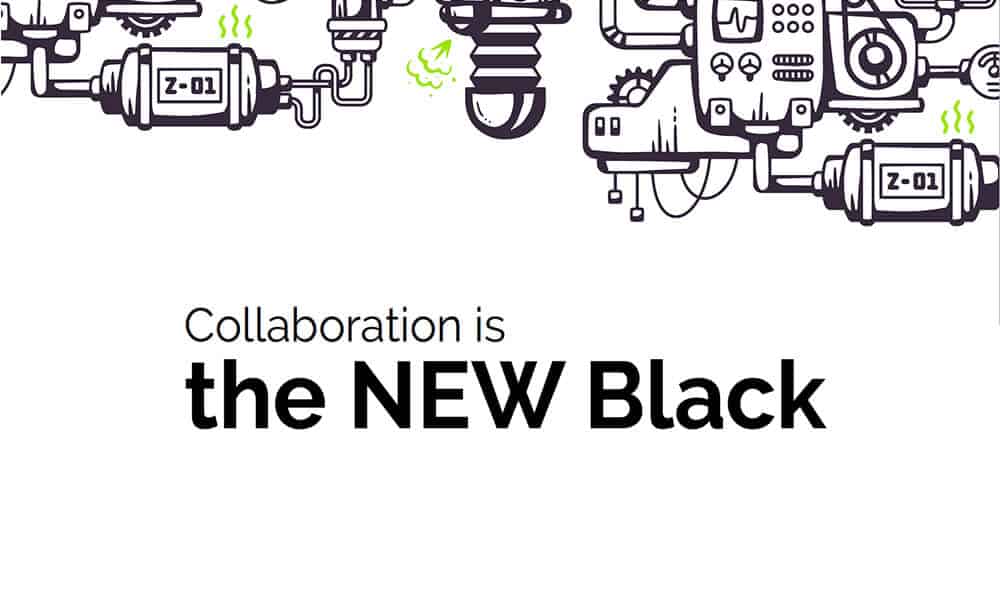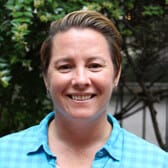
Sheila Bogan
Director of Middle and Upper School Admissions (Packer Collegiate School)
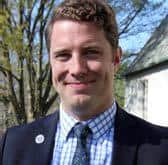
Quentin McDowell
Assistant Head of School for Enrollment (Mercersburg Academy)
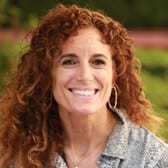
Betsy Brody
Director of High School Counseling (San Francisco Day School)
When asked to reflect on the 2016-2017 school year and favorite trends, Enrollment Management Association (EMA) Director of Outreach Dave Taibl said, “Collaboration!” In the world of independent school admission, collaboration comes in many shapes and forms. From small consortia of like schools working together to raise awareness and generate top-of-funnel activity, to colleagues connecting to share resources, to schools banding together to demonstrate their inclusivity to LGBTQ+ families, it is clear that all benefit from working together. Sheila Bogan of Packer Collegiate School (NY)(Brooklyn Independent Schools), Quentin McDowell of Mercersburg Academy (PA) (Mid- Atlantic Boarding Schools—MABS), and Betsy Brody of San Francisco Day School (CA) (Bay Area Secondary School Counselors—BASSC), shared their perspectives on collaboration.
How did your collaborative initiative come about?
SB: Living in New York City, diversity and equity is at the forefront of everything we do in our schools, but we don’t always succeed at representing everyone, as much as we are committed to doing so. Several years ago it became clear that only a few families at my school openly identified as LGBTQ+. I came up with the idea to host an independent school fair, including five other Brooklyn schools, to get the word out that our schools are safe places for LGBTQ+ parents and LGBTQ+ students. I shared the idea with Packer’s director of diversity and equity, and then with the admission directors of the other independent schools in Brooklyn. The admission directors at the five other schools got on board very quickly.
QM: MABS was the brainchild of Laura Selvig at the Peddie School (NJ) in 2014. Laura had a background in higher ed and was fascinated with the way consortia were constructed at the college level. We began with a discussion among four schools—Blair Academy (PA), Episcopal High School (VA), Mercersburg Academy (PA), and Peddie School (NJ). We saw opportunities to relieve the burden on external stakeholders—placement directors, feeder schools, consultants, and families—by engaging them collectively rather than individually. We also recognized that this assembly of schools, along with St. Andrew’s School (DE), which joined a few months after we initially formed, had significant applicant crossover. By joining forces, we felt we could actually better serve the families in our collective markets. After a few awkward first conference calls, we settled in and our comfort grew. We quickly became determined to work through the first year and create a few measurable events around school visits and tours.
BB: While a group of Bay Area high school counselors had previously gathered and met with some frequency, two years ago many of the current high school counselors were new to their roles. This new crop was eager to learn from one another and find a space for collegiality and camaraderie. After meeting, we quickly saw the benefits of coming together as a group, ranging from troubleshooting new technologies to providing feedback from our cohort to high school admission directors. For example, by raising an issue to the high school admission directors, they could understand that a concern was true for the greater group and not just a one-off issue. By speaking as a group, we felt our voice could have a greater impact. In addition, through sharing our experiences within our own schools, we were able to gain perspective about how unique or universal a challenge might be. Our collaboration has enabled all of us to learn and grow in our respective roles.
Could you describe how you defined the work and established a goal for the collaboration?
SB: Since the LGBTQ+ fair was my “baby,” I took on a lot of the work along with the diversity director at one of the participating schools. In our first year, we didn’t have funding set aside for marketing, so we sent information about the fair to local LGBTQ+ centers and to New York City parent blogs, and all of the participating schools posted notices in their own communities and on their websites. The evening began with a school fair, and then a panel of parent representatives from each school spoke about their experiences exploring, applying to, and ultimately choosing independent schools for their kids and how their decisions had benefitted their families. The ultimate goal was to reach a community of folks that we know exists, and invite them to explore what it would mean for their families to join an independent school.
QM: Initially, we banded together to make travel more efficient and effective. For example, we attract more families to our events when we are marketing together, and then we see substantial savings when we divide all expenses five ways. Another benefit of this consortium was the opportunity to make the case that the mid-Atlantic is a unique market. We have made a concerted effort to redefine the region as a destination, and not simply an alternative. While we are deliberately cautious to talk about the benefits of MABS without disparaging other regions or schools, we always set aside time to define the history and value of the mid-Atlantic. In terms of group size, we set an initial goal for four to five member schools and we have since been reluctant to expand. The smaller size allows for us to be more adaptable, ensure transparency, and form tight bonds professionally. In the beginning, we established a realistic expectation for the number of events we would host, and the goal was for us to heighten each of our schools’ places in the market, particularly with mid- Atlantic applicants.
BB: Our responsibility is to support students and families during the secondary school transition by making information readily accessible and sharing resources. Our goal is to simplify the process by communicating pertinent, general information to guide students and families through elements of the application process: timelines and important dates, school visits, testing, school selection, applications, interviews, tuition assistance, and decision-making. We are still working on a formal mission statement and a future shared website.
What are the successes or highlights from your initiative?
SB: With very little marketing and advertising, we were able to attract 60 people to our event. Many of those families ended up applying to our schools, and, speaking for Packer, we yielded several families from the event! Even for families for whom LGBTQ+ issues are not a primary concern, I think there is appreciation among them that their school is deeply committed to inclusivity. We repeated the fair last year at one of the other participating Brooklyn schools and had similar results. A third fair is coming this fall at a new host school as the idea picks up steam and we continue to spread the word. A lot of LGBTQ+ families have expressed their appreciation that our schools went out of their way to create something like this fair. This targeted outreach goes a long way for our schools collectively.
QM: Some of the benefits of the collaboration are tangible—we have realized immense cost savings in our endeavors. It’s simply a greater economy of scale to go in together than to go it alone. Among other things, we have a MABS print project underway, targeting consultants, families, and feeder schools, featuring a menu of our offerings, and a guide to partnership with our group. Over the past three years we have grown exponentially, which is evidenced by the fact that we have welcomed upwards of 70 consultants and placement directors to our campuses through our school tours. Tracking our progress, there’s now a host of other valuable data around admission metrics at our MABS schools. We’ve developed a regular meeting schedule, which includes weekly conference calls, and we retreat three times per year (at the beginning of the season, just around the holidays, and at end of the season), allowing us to voice common concerns, share admission data, and sometimes just vent! But perhaps the greatest benefit of the partnership is intangible: we’ve created a process that has forced us to think critically about how we leverage strength in markets and deploy resources most effectively. We’ve forged a community of colleagues we can trust and rely upon to problem solve important issues. Ultimately, our work has enabled each of us to develop a deep respect for one another professionally. And our commitment to MABS has alleviated the sense of being “out on an island.”
BB: Having such a collaborative peer group has been incredibly helpful. This group provides unconditional, non-judgmental support. We’re not competitors. We all want the best fit for each student and family with whom we work. Although our school populations may differ, we’re all committed to serving students and families as best we can. Sometimes the best solution to a student’s challenge can be found in the experience or creativity of another member of the group. Strength in numbers! We have also been fortunate to travel as a group to visit day and boarding schools. This collaboration has allowed us to meet with key players to develop a deeper and more nuanced understanding of the schools.
Reprinted with permission from The Enrollment Management Association. The Yield, Fall 2017 issue. enrollment.org/theyield.















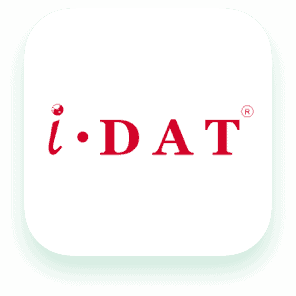
 All Services
All Services